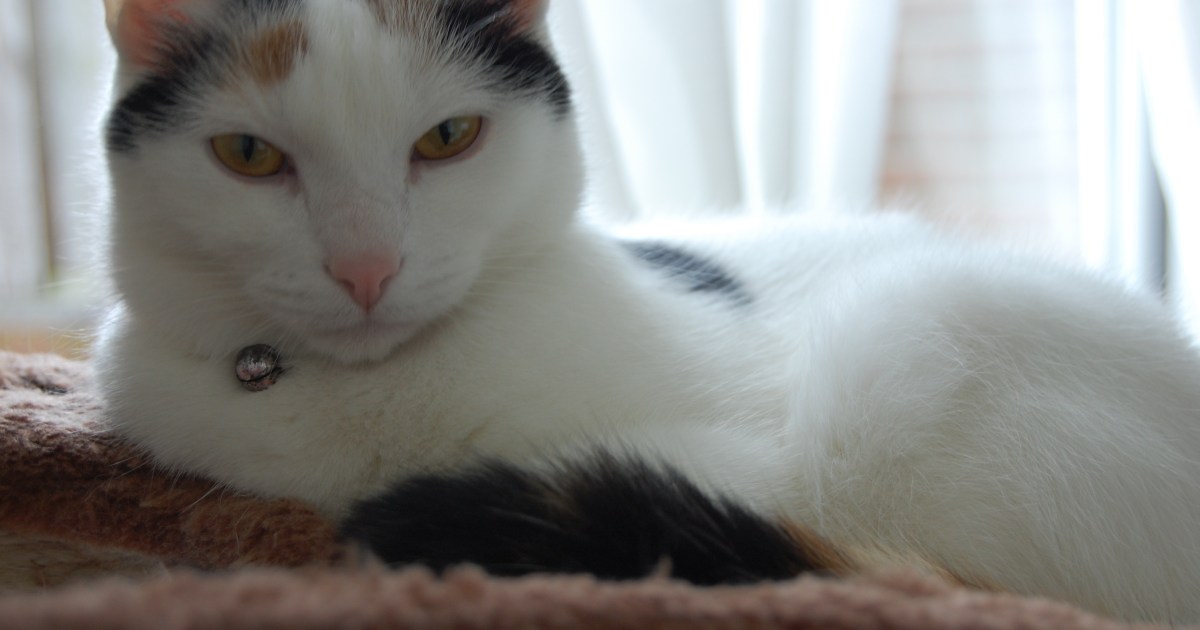
1. Who were the Cavaliers in English history?
Cavaliers were supporters of King Charles I during the English Civil War, which lasted from 1642 to 1651. They were mainly of the aristocracy and gentry, advocating for the king’s authority over Parliament. The term “Cavalier” was initially used by their opponents, the Parliamentarians, and derived from the Spanish word “caballero,” meaning knight or horseman, reflecting their perceived lifestyle of luxury and penchant for fashionable attire. Cavaliers were characterized by their long hair, elaborate clothing, and loyalty to the monarchy. Their opposition, the Roundheads, supported the Parliament and favored a more Puritanical way of life. The conflict between these two factions was not only a battle for political control but also a deeper struggle over the social and economic direction of England.
2. What was the role of the Cavaliers in the English Civil War?
The Cavaliers played a central role in the English Civil War as the main fighting force loyal to King Charles I. They engaged in numerous battles against the Parliamentarian forces, known as the Roundheads, across England. The war was marked by significant engagements at Edgehill, Marston Moor, and Naseby, where the Cavaliers, despite their initial advantages in cavalry and aristocratic leadership, ultimately faced defeat. Their military efforts were aimed at preserving the king’s absolute rule and the traditional hierarchy of English society. The Cavaliers’ participation in the war was driven by a mix of loyalty to the monarchy, a desire to maintain their social and economic privileges, and a belief in the divine right of kings.
3. How did the Cavaliers influence English society and culture?
The Cavaliers had a lasting influence on English society and culture, particularly in the realms of fashion, literature, and the arts. Their flamboyant style, characterized by long hair, lace collars, and silk clothing, set the trends for aristocratic fashion in the 17th century. The Cavalier poets, including Thomas Carew, Richard Lovelace, and Sir John Suckling, celebrated the ideals of chivalry, loyalty, and love, reflecting the values and lifestyle of the Cavalier class. Even after their defeat in the Civil War, the restoration of the monarchy in 1660 allowed for a resurgence of Cavalier cultural influences, with King Charles II promoting the arts and a culture of elegance and refinement that contrasted sharply with the austerity of the Commonwealth period.
4. What was the outcome of the English Civil War for the Cavaliers?
The outcome of the English Civil War was ultimately disastrous for the Cavaliers. After a series of defeats, King Charles I was captured, tried, and executed in 1649, leading to the abolition of the monarchy and the establishment of the Commonwealth under Oliver Cromwell. Many Cavaliers were killed in battle, lost their lands, or were forced into exile. The social and political order that had supported their way of life was dismantled, leading to significant changes in English governance and society. However, with the Restoration of Charles II to the throne in 1660, many Cavaliers returned from exile, and their estates were restored. The monarchy was re-established, albeit with diminished powers and increased parliamentary authority, marking a new phase in English history where the ideals and legacy of the Cavaliers were both celebrated and re-evaluated.
5. How did Cavalier fashion and art differ from that of their opponents?
Cavalier fashion and art were markedly different from those of their Parliamentarian opponents. Cavaliers favored elaborate, luxurious clothing with lace collars, silk sashes, and wide-brimmed hats adorned with feathers. Their art and literature celebrated beauty, love, and heroism, often with a flamboyant or romantic flair. In contrast, the Parliamentarians, or Roundheads, preferred simpler, more functional attire reflective of their Puritan values, with shorter hair and plainer clothes without ornamentation. This stark contrast in styles reflected the broader cultural and ideological divide between the two groups, with Cavaliers embodying the aristocratic, royalist cause and Roundheads representing Puritanical, parliamentary interests.
6. What were the religious affiliations of the Cavaliers?
The Cavaliers were predominantly Anglican, adhering to the Church of England, and supported the king’s stance on religious uniformity. They opposed the Puritan and Presbyterian factions within Parliament that sought to reform the church and reduce the power of the monarchy over religious matters. The Cavaliers’ commitment to Anglicanism was not just a matter of faith but also a political stance, as they viewed the church’s hierarchical structure as analogous to the social and political order they sought to preserve. This alignment of religious and royalist interests was a defining characteristic of the Cavaliers, contrasting with the more radical religious reforms and diversity advocated by their Parliamentarian opponents.
7. How did the Cavaliers’ defeat affect the monarchy in England?
The defeat of the Cavaliers had profound effects on the monarchy in England. After the execution of Charles I and the establishment of the Commonwealth, the monarchy was abolished, and England became a republic under Oliver Cromwell’s leadership. This period, known as the Interregnum, lasted until 1660 when the monarchy was restored with the coronation of Charles II. However, the Restoration did not fully return the monarchy to its pre-war powers. The political landscape had been irrevocably changed, with Parliament gaining significant authority and the monarchy becoming more constitutional in nature. The defeat of the Cavaliers led to a reevaluation of the monarchy’s role in governance, ultimately contributing to the development of a more balanced system of constitutional monarchy that limited the king’s power and expanded parliamentary authority.
8. What was the significance of the Battle of Naseby for the Cavaliers?
The Battle of Naseby, fought on June 14, 1645, was a decisive confrontation in the English Civil War and marked a turning point against the Cavaliers. It resulted in a significant defeat for the royalist forces, effectively destroying Charles I’s main field army and drastically diminishing the king’s ability to continue the war. The loss at Naseby exposed the royalist capital at Oxford to Parliamentarian forces and led to the eventual surrender of the king. For the Cavaliers, Naseby represented the beginning of the end of their hopes to restore Charles I’s authority over Parliament and maintain the traditional social and political order. The battle’s outcome underscored the military and organizational superiority of the Parliamentarian forces and marked a significant step towards the eventual defeat of the royalist cause.
9. How did the Restoration impact the surviving Cavaliers?
The Restoration of the monarchy in 1660, with the coronation of Charles II, had a significant and largely positive impact on the surviving Cavaliers. Many who had been exiled, impoverished, or marginalized during the Commonwealth period saw their fortunes revived. The Restoration led to the reinstatement of lands and titles that had been confiscated during the war and the Interregnum. Cavaliers who had supported Charles I found themselves in favor once again, and many were rewarded with positions in the restored monarchy’s court and government. However, the Restoration also required a degree of compromise and adaptation, as the political landscape had shifted, and the monarchy had to accept certain limitations on its power. Despite these changes, the Restoration represented a vindication of the royalist cause and provided a measure of redress for the Cavaliers’ losses and suffering during the Civil War.
10. What role did Cavalier poetry play in English literature?
Cavalier poetry holds a distinguished place in English literature, known for its elegance, wit, and celebration of loyalty, love, and the pleasures of life. Poets such as Robert Herrick, Richard Lovelace, and Sir John Suckling, often associated with the Cavalier cause, wrote verses that reflected the values and experiences of the royalist supporters during the tumultuous times of the English Civil War. Their works are characterized by a lyrical quality, a carpe diem theme, and an emphasis on honor and chivalry. Cavalier poetry not only provided a literary expression of the royalist perspective but also contributed to the rich tapestry of 17th-century English literature, influencing subsequent generations of poets and writers.
11. Were there any notable Cavalier leaders?
Several notable leaders emerged from the Cavalier ranks during the English Civil War, including Prince Rupert of the Rhine, a nephew of King Charles I, and a formidable military commander. His aggressive tactics and bold leadership made him one of the most recognized faces of the royalist cause. Another prominent Cavalier leader was the Marquis of Newcastle, William Cavendish, who was instrumental in organizing royalist forces in the north of England. These leaders, among others, were key figures in the Cavaliers’ military campaigns, known for their loyalty to the king and their efforts to uphold the monarchy against Parliamentarian forces.
12. How were the Cavaliers viewed by contemporary society?
In contemporary society during the English Civil War, the Cavaliers were viewed in contrasting lights, depending on one’s political and social affiliations. To their supporters, the Cavaliers were gallant heroes fighting to preserve traditional values and the rightful authority of the monarchy. They were seen as embodiments of loyalty, bravery, and chivalry. However, to their opponents, the Cavaliers were often viewed as reckless, arrogant, and representative of an outdated feudal order that oppressed the common people. This division in perception reflected the deep ideological and social divides that characterized England during this tumultuous period.
13. Did the Cavaliers have any impact on American history?
The Cavaliers had an indirect impact on American history through their influence on the early British colonization of North America. Many supporters of the royalist cause, seeking to escape the aftermath of the Civil War and the Commonwealth period, emigrated to the English colonies in America. These emigrants included members of the gentry and nobility who brought with them their cultural values, including a strong support for monarchical governance and Anglicanism. Their presence in the colonies, particularly in the South, contributed to the development of a social and political order that mirrored the hierarchical structures of English society, influencing the cultural and historical development of the future United States.
14. How did the Cavaliers’ defeat affect English literature and culture?
The Cavaliers’ defeat and the subsequent establishment of the Commonwealth under Oliver Cromwell had a profound effect on English literature and culture. During the Commonwealth period, the Puritan government imposed strict regulations on the arts, suppressing theater and public entertainments, and promoting a more austere cultural environment. However, the Restoration of the monarchy in 1660 brought about a cultural renaissance, as Charles II encouraged the arts, leading to a revival of theater, literature, and fashion. The experiences of the Civil War and Interregnum, including the Cavaliers’ ideals and sufferings, deeply influenced English literature, with themes of loss, loyalty, and the transient nature of life becoming prevalent in the works of Restoration poets and playwrights.
15. What legacy did the Cavaliers leave behind?
The legacy of the Cavaliers is complex and multifaceted, encompassing contributions to English political history, literature, and culture. Their defense of the monarchy and the traditional social order left an indelible mark on the political landscape of England, contributing to the ongoing debate over governance and the balance of power between the monarchy and Parliament. In literature and the arts, the Cavaliers’ romanticism, valorization of loyalty and honor, and their support for the arts during the Restoration had a lasting impact on English cultural heritage. Despite their defeat in the Civil War, the ideals and aesthetics associated with the Cavaliers continue to evoke a sense of romance and chivalry in the English historical imagination.






